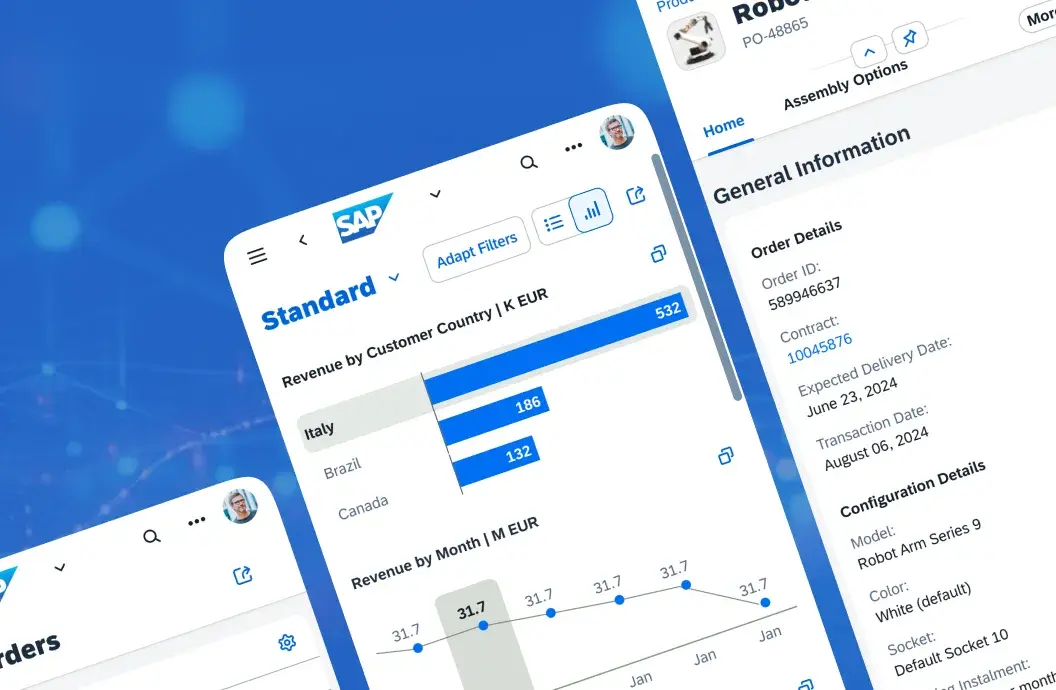Learn how to ensure the security of your development projects, from prioritizing software security and identifying security requirements to tackling potential threats and providing security education for your team members.
Best Practices for Securing Your Development Projects
Every organization must abide by a set of standards to ensure projects are done right and completed on time. This is called best practices, which follow the rules set by the government or another industry authority and the organization’s internal management team.
When best practices are followed to a tee, better results are delivered, and any errors or mistakes are immediately identified and corrected.
Development projects are important because they set up the network and tools that lead to improved organizational collaboration and more productive work setups. By following internal and industry-wide best practices, your team can complete every project without hiccups.
Here are some of the best practices for securing development projects.
Software Security Must Be a Priority in Every Stage
There’s no doubt that security must be a priority when it comes to development projects. According to a TechTarget report, 45% of organizations are expected to experience some type of security issue related to a supply chain attack by 2025. This type of breach targets less secure points in the supply chain movement.
As project developers, the goal must be to secure every step of the process. Even the simplest activity is important.
One practical way to ensure security throughout development is to have every team member use a reliable virtual private network (VPN). This way, their work will not be affected by any minor security violations. Two of today’s best VPN choices are NordVPN and Surfshark.

Another best practice in terms of security is known as the Secure Software Development Lifecycle. It refers to the process of integrating security into every step of the development project, starting with planning and designing, continuing with processing, deployment, launching, and beyond.
It is a multi-step process that involves the following:
- Risk assessment analysis — completed during the planning and designing stages.
- Security testing — done throughout the processing stage.
- Correcting errors — completed during the processing and sometimes deployment stages.
- Improvements and upgrades — for the launching stage and beyond.
Identify Security Requirements
Security requirements refer to obligations set by local and industry authorities to meet an organization’s needs.
For example, the National Institute of Standards and Technology set Federal Information Processing Standards on the use of computer systems among government agencies and contractors.
The standards included three core principles:
- Confidentiality — all data is sacred and must be preserved to protect individual privacy. Security systems that collect information for processing must not be responsible for leaking or releasing data.
- Integrity — collected information must not be modified or destroyed.
- Availability — information must be readily accessed by people authorized to do so.
Identifying security requirements to pass mandatory standards can be summed up in four key steps:
1. Identify
2. Authenticate
3. Authorize
4. Audit
Next, it is important to outline the requirements that the organization needs for its security system. Every company has different security needs, but some are universal. Some criteria you should consider include:
- Access controls
- Security policy
- System recovery
- Attack detection
These are just a few of the most critical security features. It is best to have a team of security experts to identify the company’s specific needs and outline the best ways to provide them.
Determine Potential Security Threats
Organizations are vulnerable to dozens of security threats, whichy are always evolving. Hackers and cyber criminals always find ways to up their attacks.
In 2023, organizations must brace for trends in security threats, such as:
Man-in-the-middle attack
Unencrypted data brings a lot of risks. It is vulnerable to compromise when it passes from one channel to another. Cyber attackers leverage packet sniffers that sift through billions of data points to identify unencrypted ones they can take advantage of.
Solution: Use an SSL certificate and leverage security solutions the moment the development project begins.

Third-party attacks
Open-source software is a huge risk for developers. This software has serious security vulnerabilities that may be the entry point for third-party attackers, including the highly damaging Distributed Denial of Service (DDoS) attacks.
Solution: Scrutinize third-party vendors and ensure their products meet strict security standards.
Brute force attacks
With automated bots, hackers may eventually gain access to the login credentials of compromised accounts. These will become the gateway for brute force attacks on your systems.
Solution: Multi-factor authentication, CAPTCHA, and blocking headless browsers are just some of the solutions that can help prevent brute force attacks and credential stuffing.
Malware
Skilled cybercriminals use malicious codes to attack development projects. Malware includes ransomware, trojans, adware, backdoors, and logic bombs.
Solution: Install anti-malware software and implement secure authentication methods across the board.
Phishing attacks
As long as people still fall for phishing scams, this security issue will never go out of style. Cybercriminals have become more sophisticated with their tactics and make themselves look like credible organizations and individuals when setting up their attacks.
Solution: Developers must be cautious about all communications they receive and respond to. Limiting the information they provide to the public about their projects is also important.
Security Education and Training for All Team Members
All team members must be well-versed in the importance of security in development projects. It is not enough that they know about basic threats and how to prevent them. They must keep up with the trends in technology and security and learn the many ways hackers can take advantage of slight vulnerabilities. When personnel understand the mindset of cyber criminals, they can be one step ahead in the game.
Note that some threats are particular to the type of company you are operating. In that case, you must focus on these threats and develop your security plan for a particular project accordingly.
Conclusion
Security is not just one thing. It is a series of steps that provide a secure process at every step of the project.
Not prioritizing security in development projects is a big mistake. Some developers may not want to address it because they have too much work to do. But it is important to note that a tight security system will ensure the best possible product. This leads to more projects and builds credibility.
How useful was this article?
Thanks for your feedback!

.webp)
.webp)
